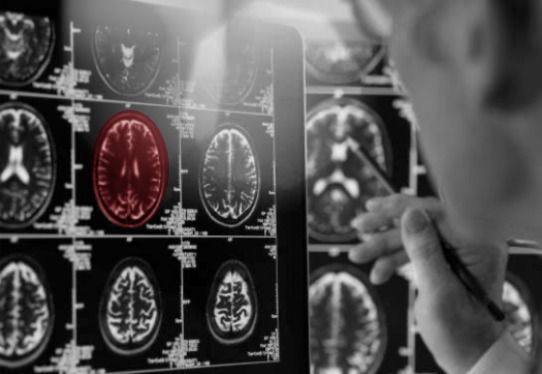Differential diagnosis
SIMILAR SIGNS AND SYMPTOMS
SIMILAR SIGNS AND SYMPTOMS
The symptoms of Alexander disease overlap with many childhood and adult neurological conditions, and because it is a rare disease not often seen by healthcare providers, it may not be considered on the differential diagnosis.1,4,51
Alexander disease should be considered in a differential diagnosis of people who present with suggestive clinical signs and symptoms, which vary based on age of onset.13,23

DIFFERENTIAL DIAGNOSIS
Neurologic conditions with clinical symptoms similar to those of Alexander disease stratified by age of disease onset1,4,23,24,64,65,a:
aDifferential diagnoses in juvenile and adolescent patients will reflect the presenting symptoms, which may resemble those associated with earlier age of Alexander disease onset, later age of Alexander disease onset, or a mix of both.2,3,16
Genetic testing
If Alexander disease is suspected based on symptoms and/or MRI findings, genetic testing can confirm the diagnosis.1